My Dog Sarah, Euthanasia & Judaism
12/11/2012 10:20:53 AM
My dog Sarah died a few weeks ago. Well, she didn’t “die,” we “put her down” after she lost the use of her hind legs. She was 14, weighed 95lbs and was suffering. It seemed like the right thing to do. I believe it was the right thing to do, but it wasn’t easy. I suppose that is the way it should be; taking a life, even a dog’s life, is no small thing.
When it comes to our pets, we accept euthanasia as a compassionate means to end their suffering and, in doing so, end their life. But what about humans? To me the distinction between my dog Sarah and a human being is clear; I loved her, she was a great companion, I really miss her, but in the end she was a dog, not a human being, and there is a big difference. I don’t mourn for her with the intensity of, say, my brother, or for that matter any of the humans I have loved and lost. Still, I must admit that, after watching the life force leave Sarah and her suffering end, I couldn’t help but think about euthanasia in humans; if it was the right, compassionate choice for Sarah, why not make these kinds of choices for humans, as well?
While I do not think there is much debate or dialogue about euthanasia for animals in Jewish tradition, Judaism has a lot to say about end-of-life issues in human beings. Like with almost everything else, Judaism is not monolithic when it comes to the array of humbling questions that arise when someone is near death. However, the overwhelming majority of Jewish thinkers, over the spectrum of the Jewish movements, are against active euthanasia or assisted suicide. Active euthanasia occurs when the medical professionals, or another person, deliberately do something that causes the patient to die. This is the “red line” in Jewish tradition that few believe it is ok to cross, the general notion being that only God, not a person, “gives” and “takes” life. Assisted suicide crosses the same red line. It occurs when one assists someone in the taking of their own life.
Where things get much murkier is when it comes to passive euthanasia. Passive euthanasia occurs when the patient dies because the medical professional either doesn’t do something necessary to keep the patient alive, or stops doing something that is keeping the patient alive, such as switching off life support machines, disconnecting a feeding tube, not carrying out a life-extending operation, or not giving life-extending drugs.
This is a complex and often very personal issue. (Many of us have watched our loved ones suffer and have made critical and often heart-wrenching decisions about their care. Others, as I write this blog, are facing such dilemmas right now.) At the risk of oversimplifying, I will share what I think is the eikar, the essence of the Jewish approach to end-of-life issues. The question is this: is whatever intervention that is being proposed, or has already been implemented, therapeutic in nature? Or does that intervention just create or prolong suffering? If one can argue that the proposed or current intervention is truly therapeutic, then according to Jewish tradition one must provide it. If, however, it just leads to more suffering, one can withhold it. Withdrawing a medical intervention once it has been given, for example, a feeding tube, is a more complex moral issue. However, the same principle can be applied.
Another important and related issue is the treatment of pain and suffering. The general Jewish approach to such treatment is that treating pain and suffering is essential to good and compassionate medical care, and it is permissible to treat pain and suffering even if in doing so one runs the risk of hastening one’s death. In other words, if administering a painkiller like morphine is the best way to treat someone’s pain and suffering, but doing so may shorten the person’s life, many Jewish authorities on medical ethics permit such treatment (I write “many” because there is a range of opinions on the issue and a lot depends on the circumstances). This, I believe, is the closest Jewish tradition gets to allowing active euthanasia, while never completely crossing that red line.
When it came to my dog Sarah, the decision was surprisingly simple. Unable to walk or even drag herself around, visibly uncomfortable, panting for breath, clearly agitated, death was the most compassionate option for her. She was not able to make such a decision, but I could, so I did. Her head rested on my lap as our family friend and veterinarian pushed the lethal injection into her veins. She lifted her head up for a second and then was gone.
We love our pets and they can be so important and special to us, yet they are not human beings. Even so, taking any life is a sobering act. While there is some comfort in being able to end the suffering of our animals, Jewish tradition, I believe, wisely draws a red line which we are not to cross when it comes to active euthanasia or assisted suicide, while giving us room to make difficult but at times necessary decisions about passive euthanasia and the treatment of pain and suffering even at the risk of shortening life.
 For a detailed exploration of how Judaism approaches end-of-life issues, see the Central Conference of American Rabbis Responsa “On the Treatment of the Terminally Ill”.
For a detailed exploration of how Judaism approaches end-of-life issues, see the Central Conference of American Rabbis Responsa “On the Treatment of the Terminally Ill”.
A more general and accessible exploration can be found at myjewishlearning.com.


